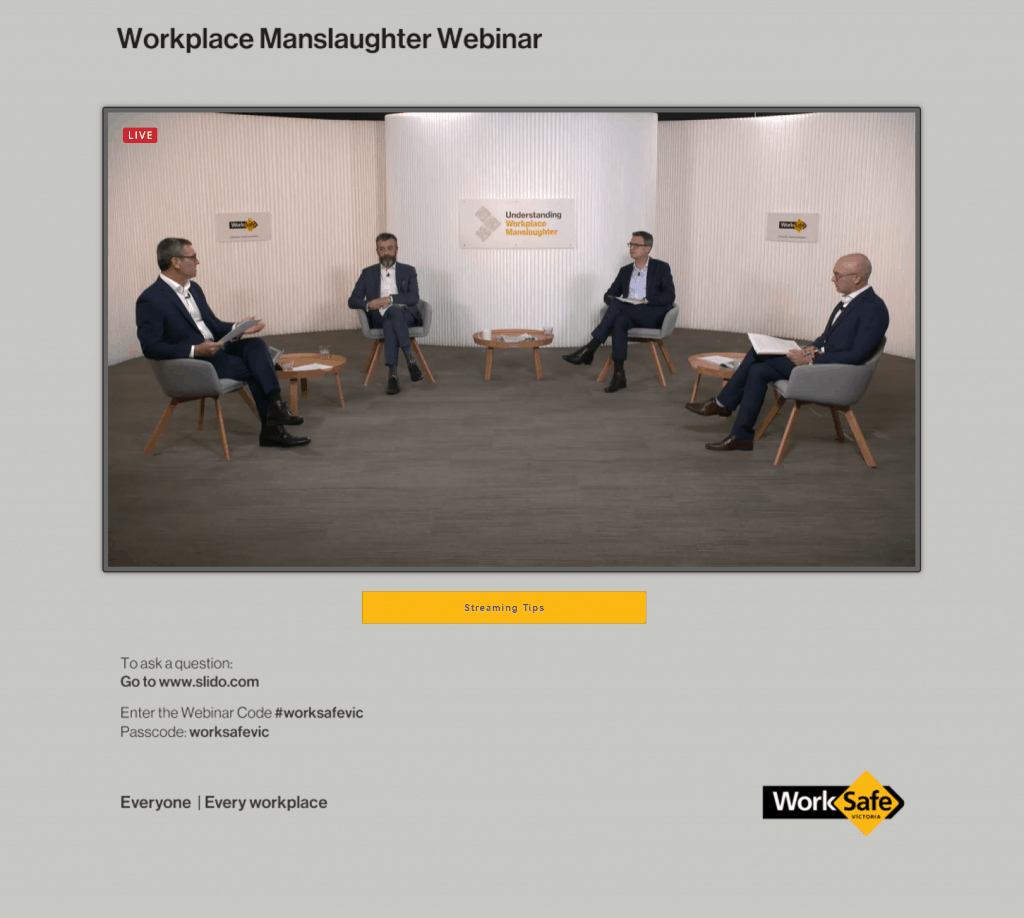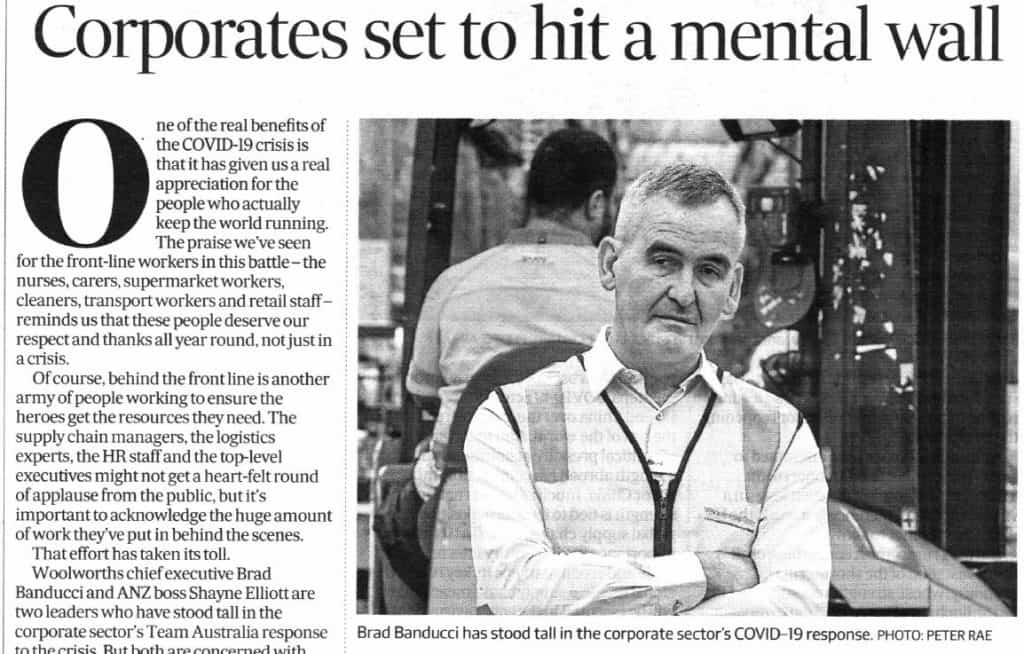
Recently the Finance Sector Union (FSU) released a small study on ethics and capitalism. The report illustrates how poor corporate ethics and greed created a disregard for the mental health of the finance industry’s workers as well as the financial and mental health of its customers.
The report – “Justice Tempered – How the finance sector’s captivity to capitalist ethics violates workers’ ethical integrity and silences their claims for justice” – was written by John Bottomley, Brendan Byrne and John Flett. Although it is based on detailed interviews with only eight finance sector workers, the authors use these conversations as a catalyst for broader discussions of ethics with extensive cross referencing of relevant, books, publications and, especially, the findings and report of the Royal Commission into Misconduct in the Banking, Superannuation and Financial Services Industry.




